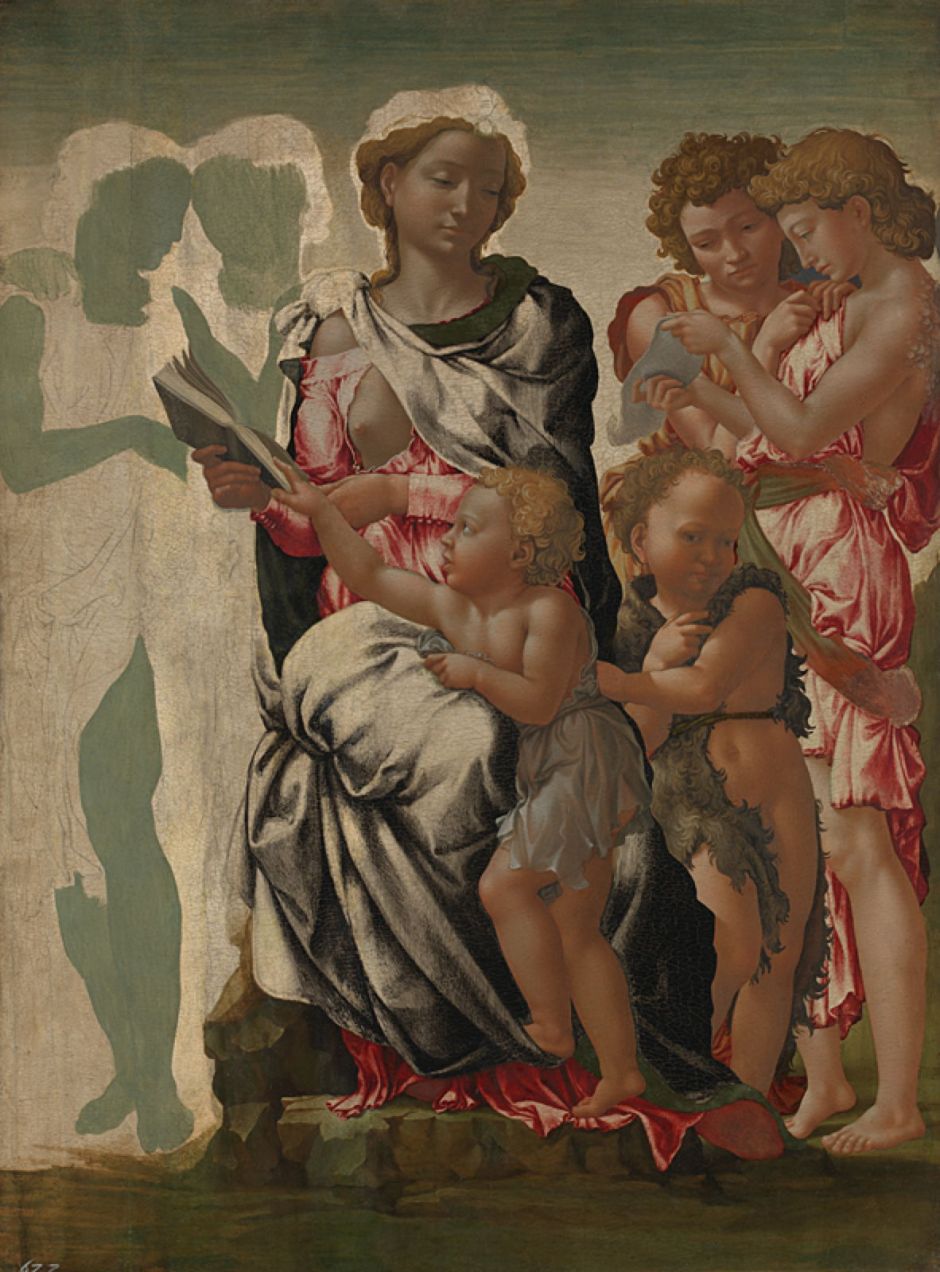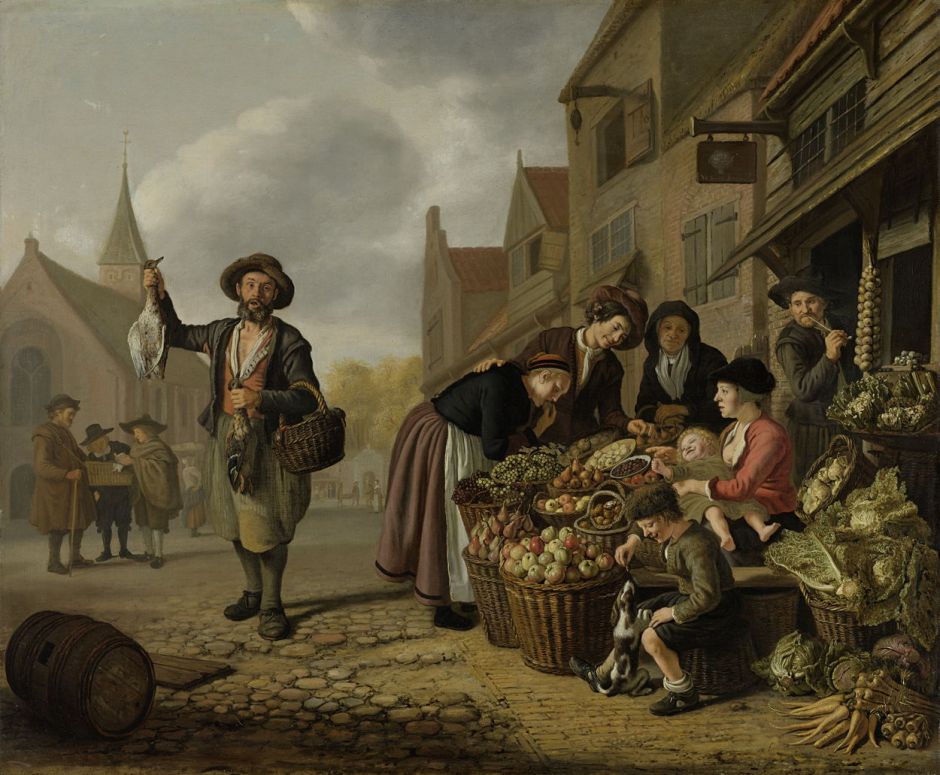Like people, some pigments are brash and flashy, and live in the limelight. Others, like the Green Earths, live quiet, purposeful lives away from publicity. This doesn’t make them any less important, or less worthy of attention.
As with other ‘earth’ colours, the Green Earths are taken from the earth as a clay mineral – celadonite and glauconite to be specific. This occurs in abundance near Verona in Italy, and on the Mediterranean island of Cyprus, so was used extensively by Roman artists in classical times. Although a useful colour, the Green Earths lack the intensity of most other greens, but were in general use during the Middle Ages and Renaissance.
Several smaller examples of painted surfaces, particularly from walls, have confirmed the use of Green Earths by classical Roman artists. They have also been found in early paintings from North America and the Indian sub-continent, where there are local sources of the clay. They were used in Japanese art, but so far have not been found in Chinese paintings.

In Europe, most of the oldest examples of the use of Green Earths in substantial artworks are in frescoes, such as those in Chapelle des Moines, Berzé-la-Ville, France, which date from the 1100s. Green is one of the limited range of colours used in these depictions of the martyrdom of saints.

Although the richness of the green robes in Spinello Aretino’s Virgin Enthroned with Angels from about 1380 relies on Malachite Green, the paint layer includes Green Earths too.

Green Earths have also been found in Friedrich Herlin’s extensive multi-panelled altarpiece in the Church of St Jakob, in Rothenburg, believed to have been made between 1462-65. In this panel, they appear to have formed the basis of several green garments.

Michelangelo’s unfinished The Virgin and Child with Saint John and Angels, popularly known as The Manchester Madonna, from about 1497, shows how an underpainting of Green Earths, visible at the left, was used to achieve realistic flesh tones. Later, painters came to prefer verdigris for this, but Green Earths appear to have worked particularly well in egg tempera, as in this case.

Green Earths were popular among the early landscape painters too, including Saloman van Ruysdael, and his less well-known contemporary Jan Willemsz Lapp, who painted this Italianate Landscape with Shepherds in around 1640. Again, they will probably have been used extensively in his underpainting, with other colours being used to tint and glaze over them.

Slightly later in the seventeenth century, Jan Victors provides a fine example of the natural colour of Green Earths in The Greengrocer at the Sign of ‘De Buyskool’ of 1654. Its rather dull bluish-greens are obvious in the clothing of the children, and in most of the fruit and vegetables shown in the detail below.


At least three of Vermeer’s paintings have been found to include Green Earths in their paint layers, including The Concert from about 1663-66. Here I suspect that it is the basis for the woman singer’s jacket, at least. Tragically, on 18 March 1990 this and a dozen other works were stolen from the Isabella Stewart Gardner Museum in Boston, MA, and it remains unrecovered.
By about 1700, the Green Earths had become a little too dull, and they went quietly into retirement, replaced by Verdigris and Malachite, then by the novel Prussian Green mixed from Prussian Blue and a yellow.
As the Green Earths have virtues such as lightfastness and little in the way of vices, they haven’t entirely disappeared from the palette, though. You can still buy them, under the slightly more glamorous name of Terre Verte, which means just the same. When traditional green underpainting of flesh is revived, as it is at present, Green Earths reappear on palettes.
Reference
Carol A Grissom (1986) Artists’ Pigments, vol 1, ed Robert L Feller, Archetype. ISBN 978 1 904982 74 6.

